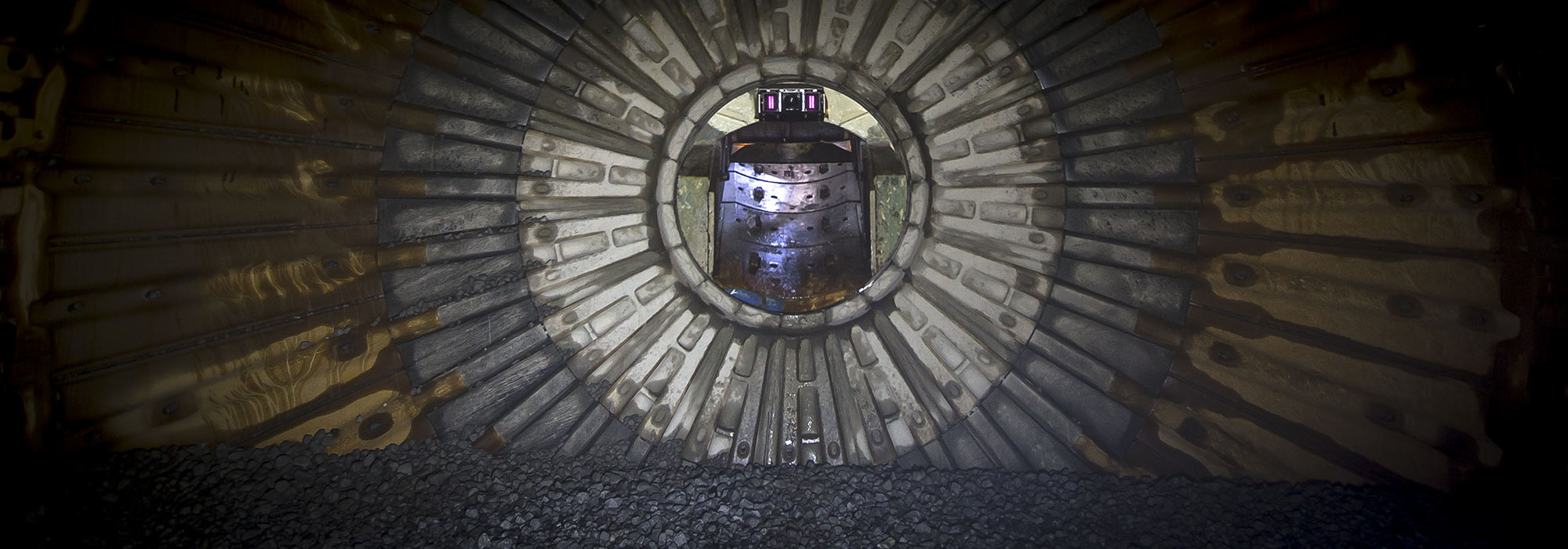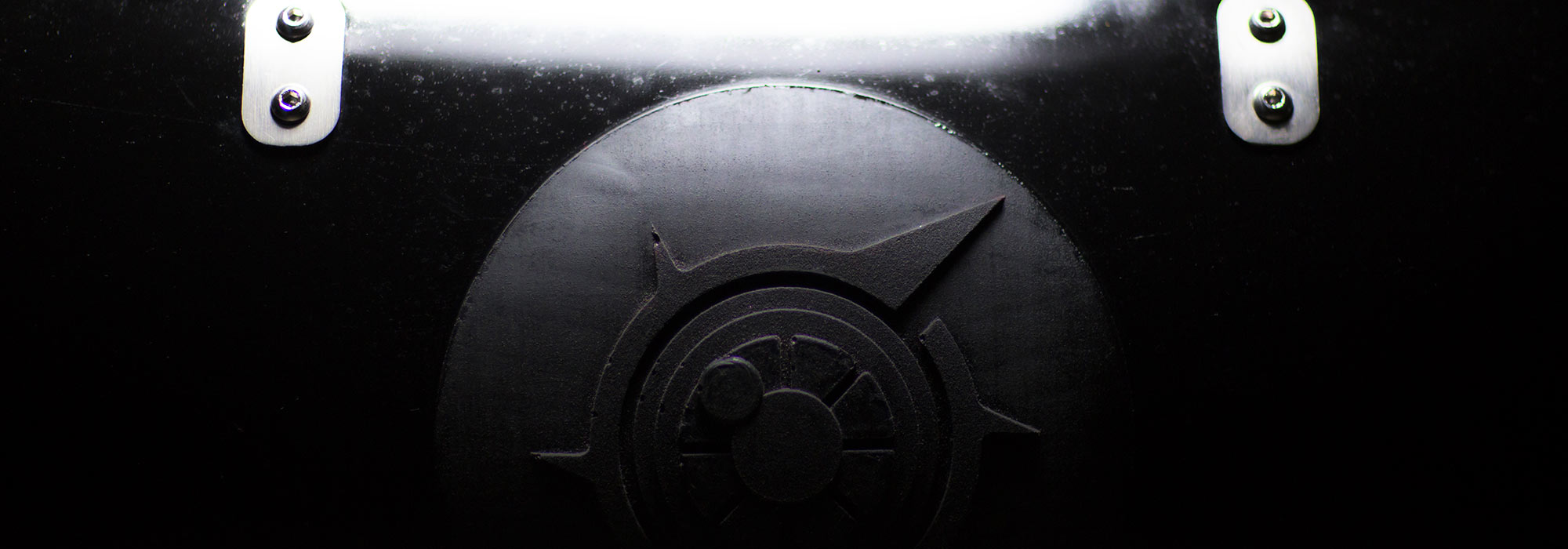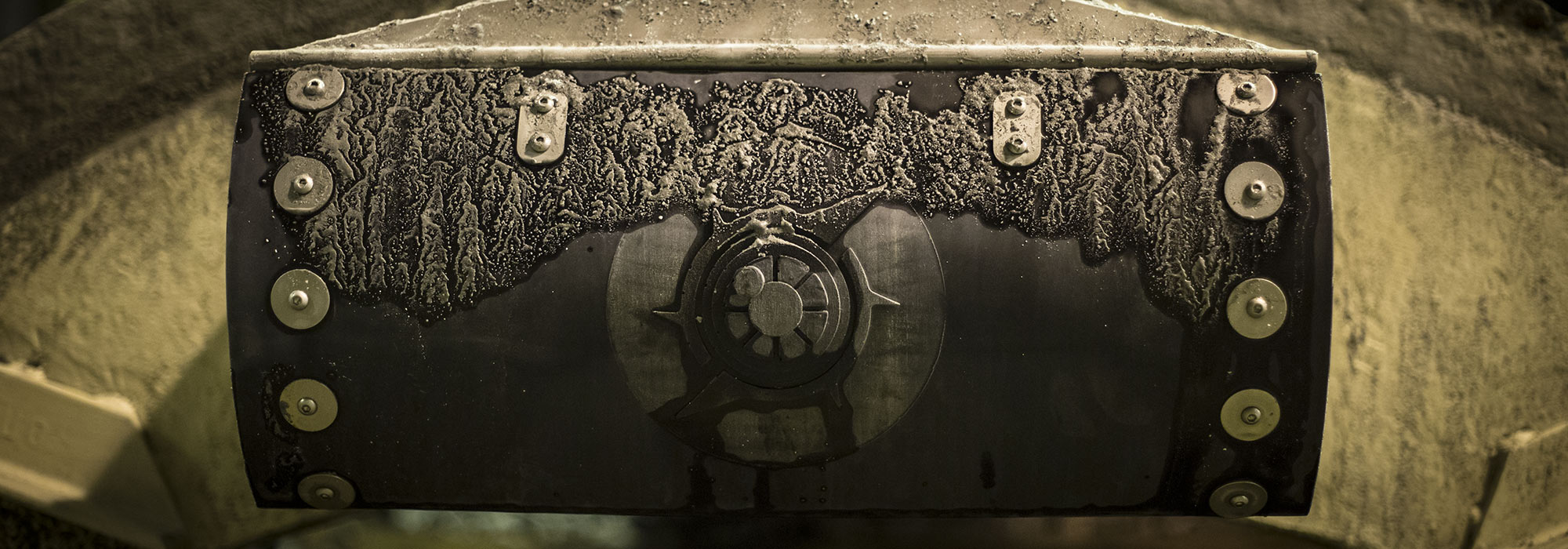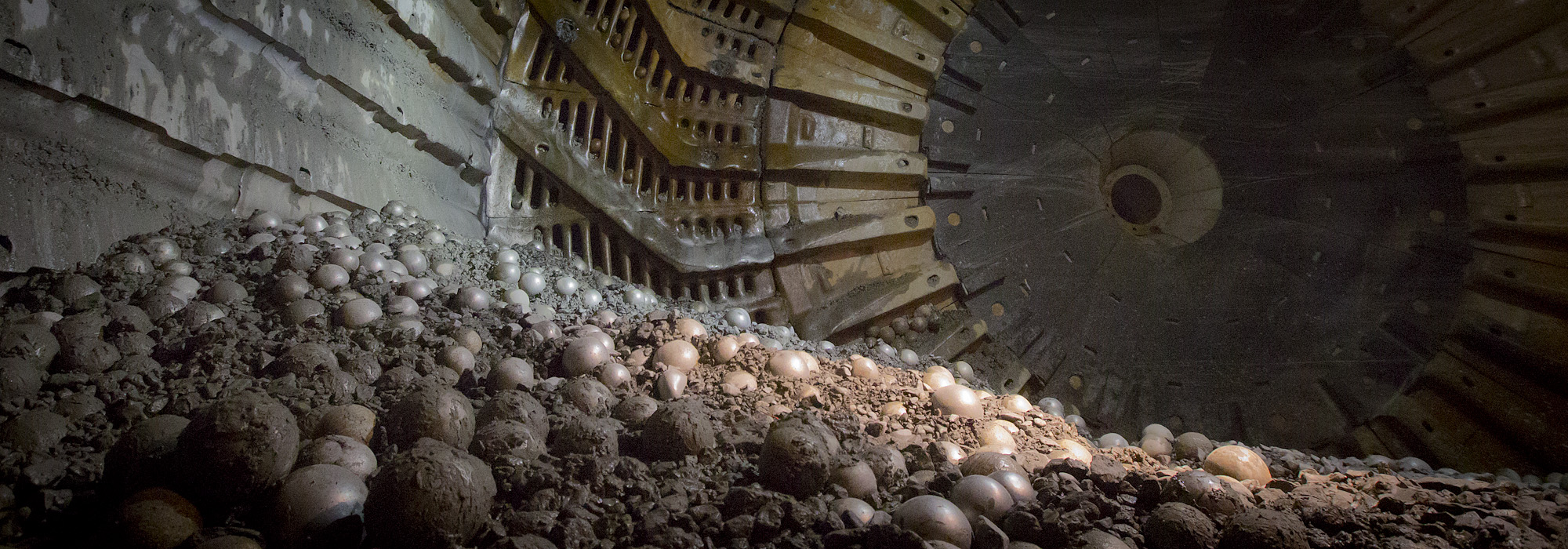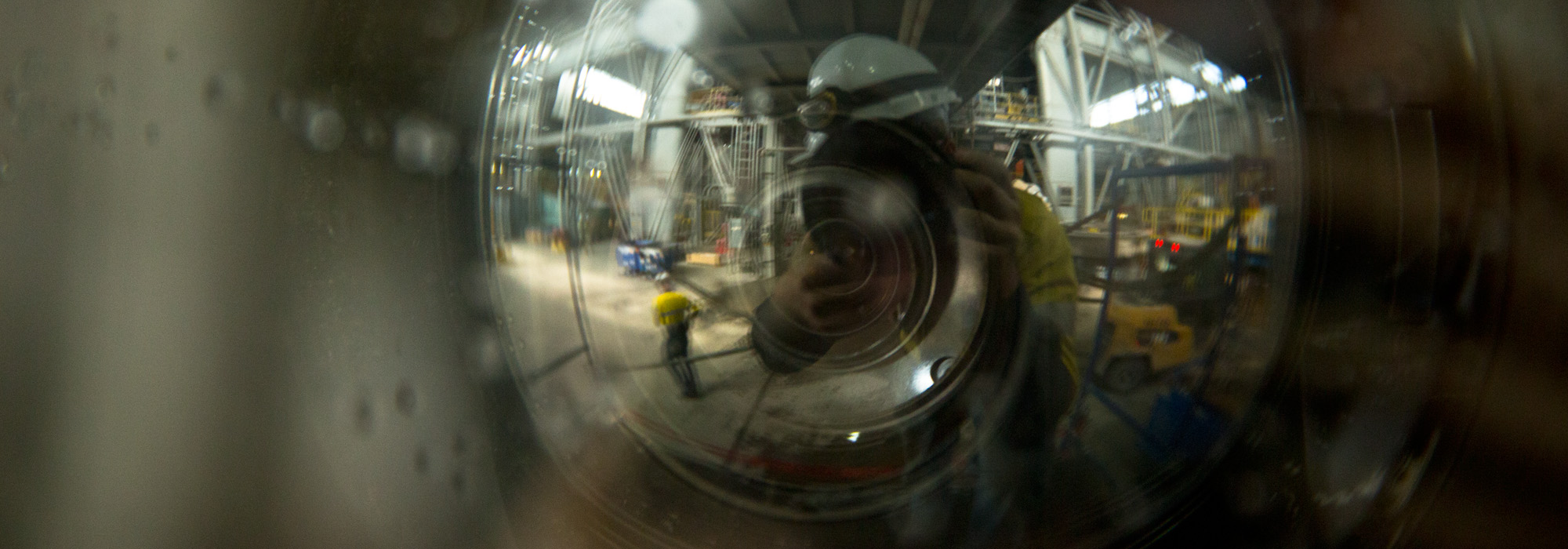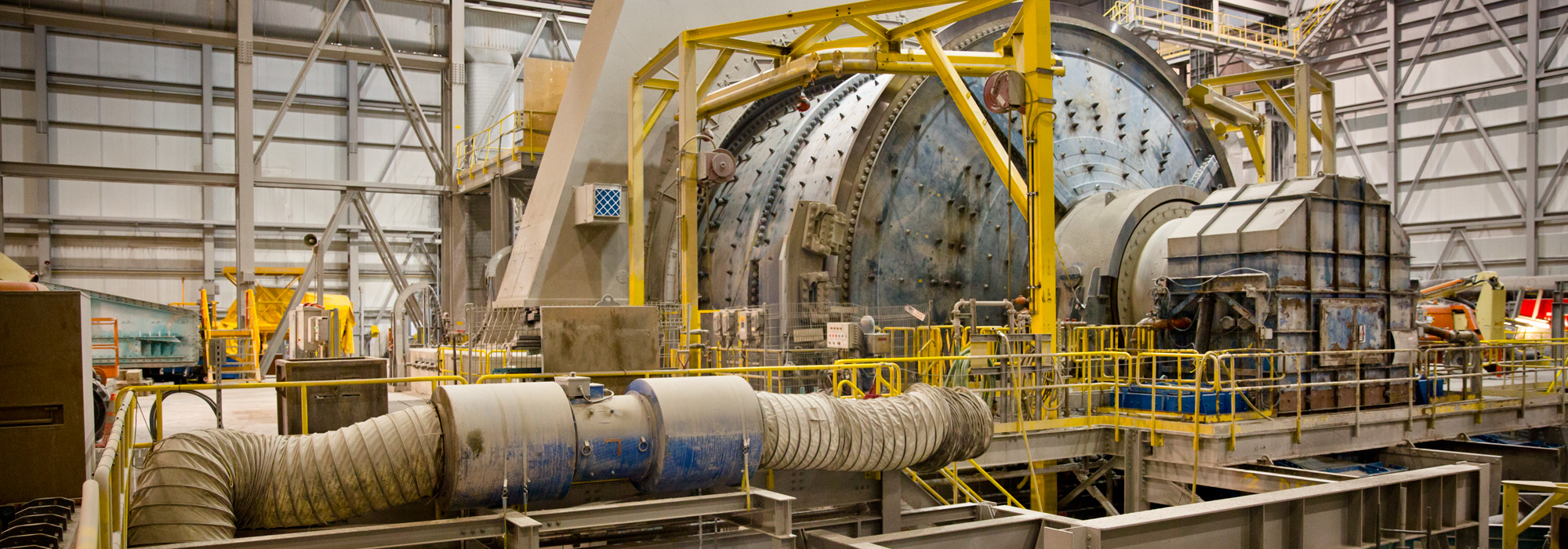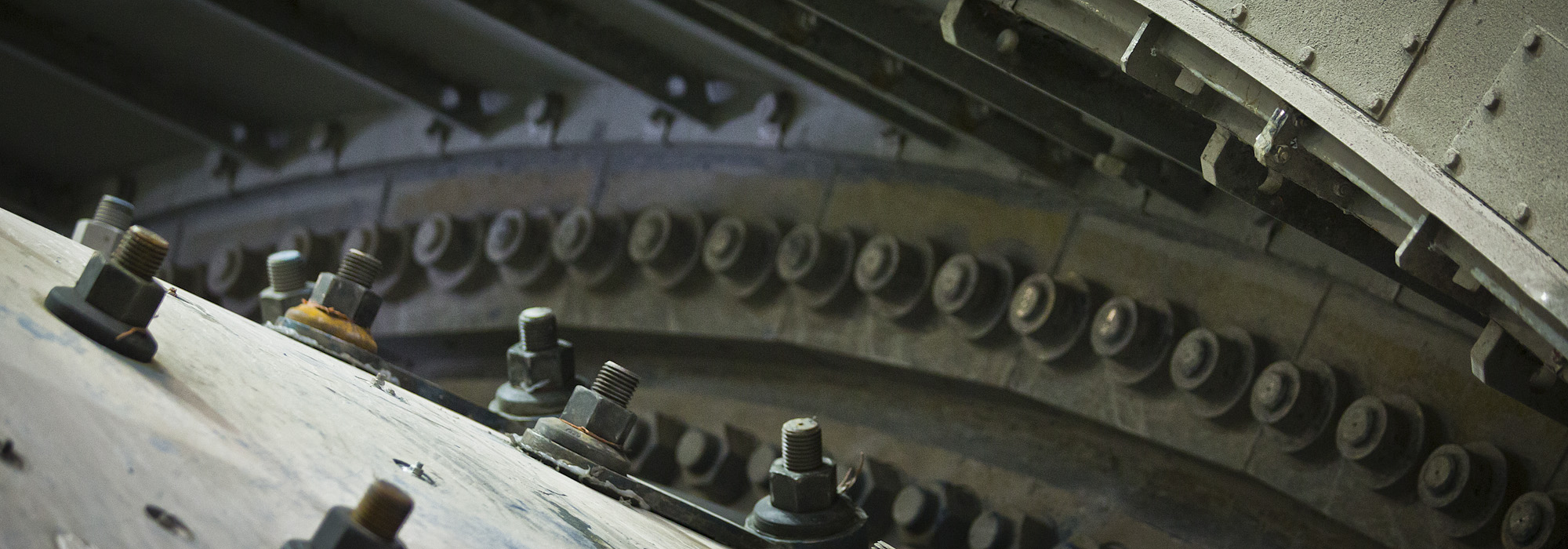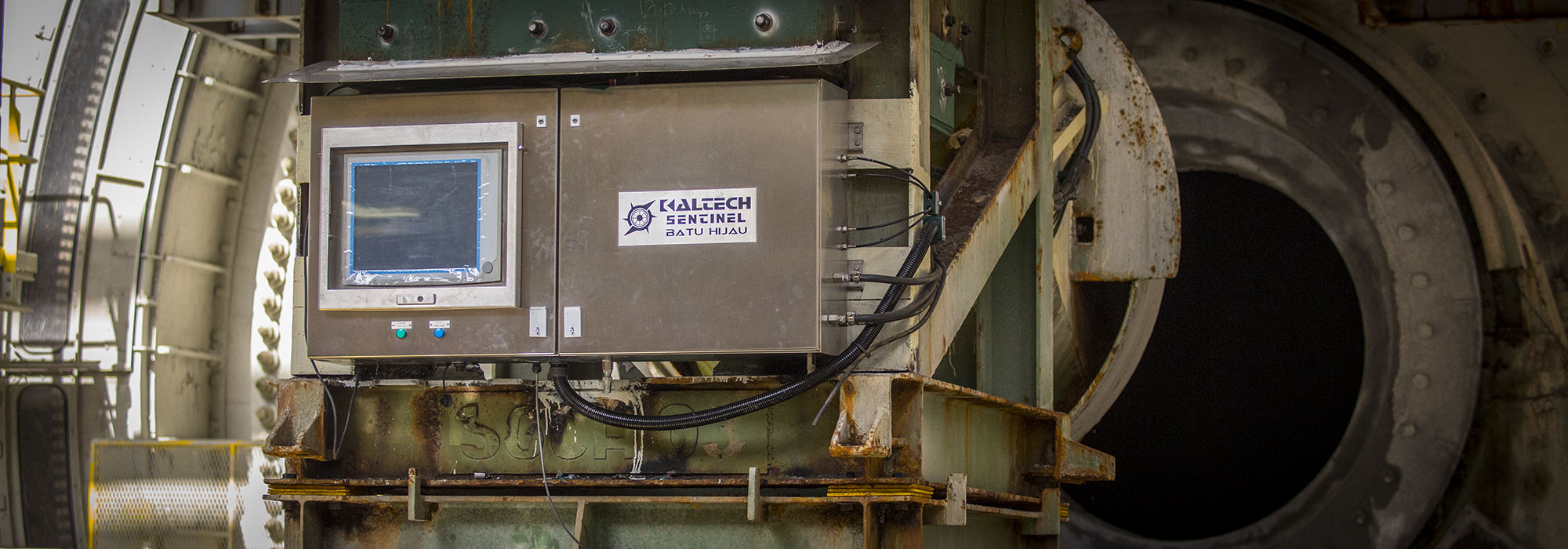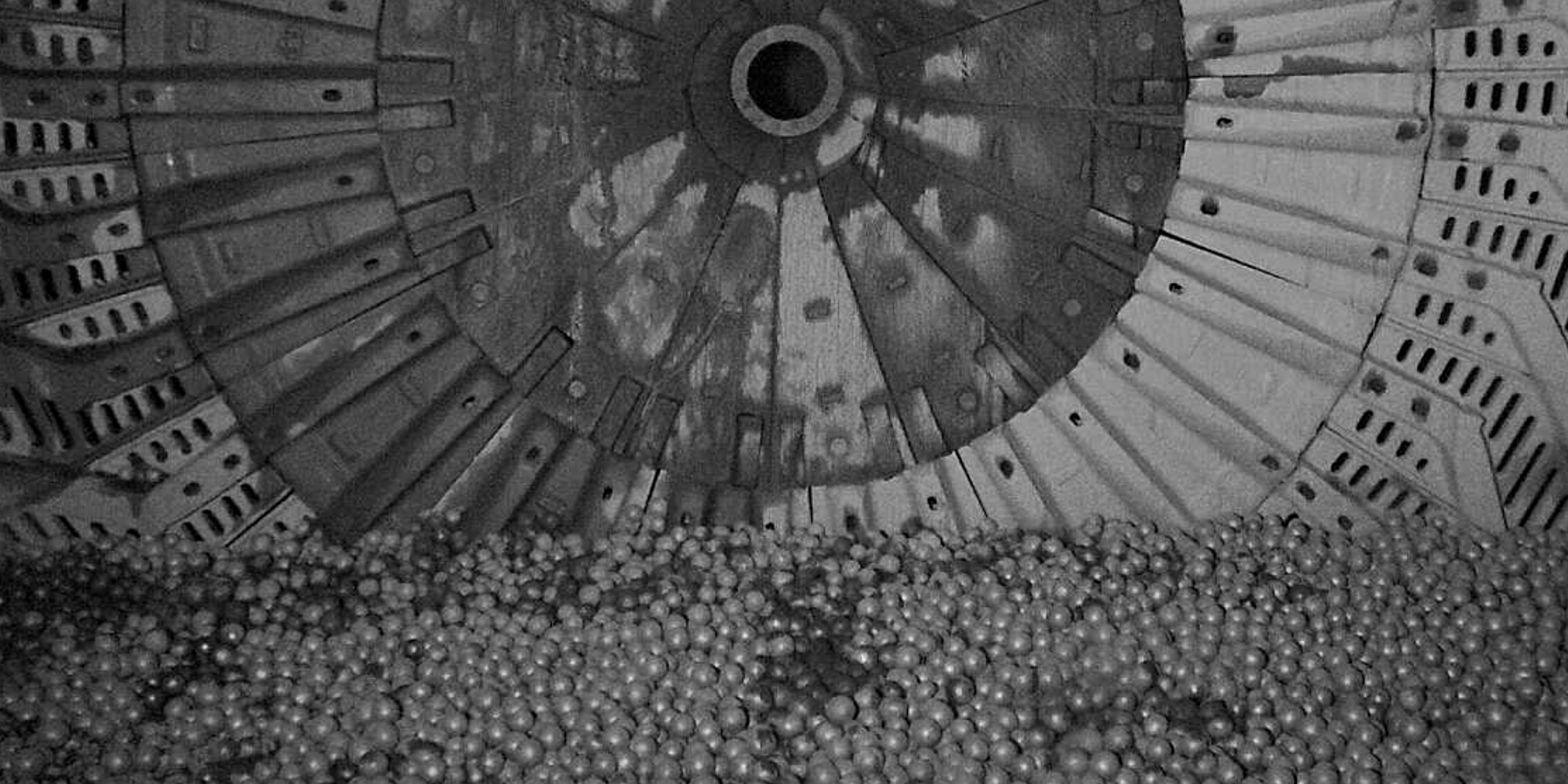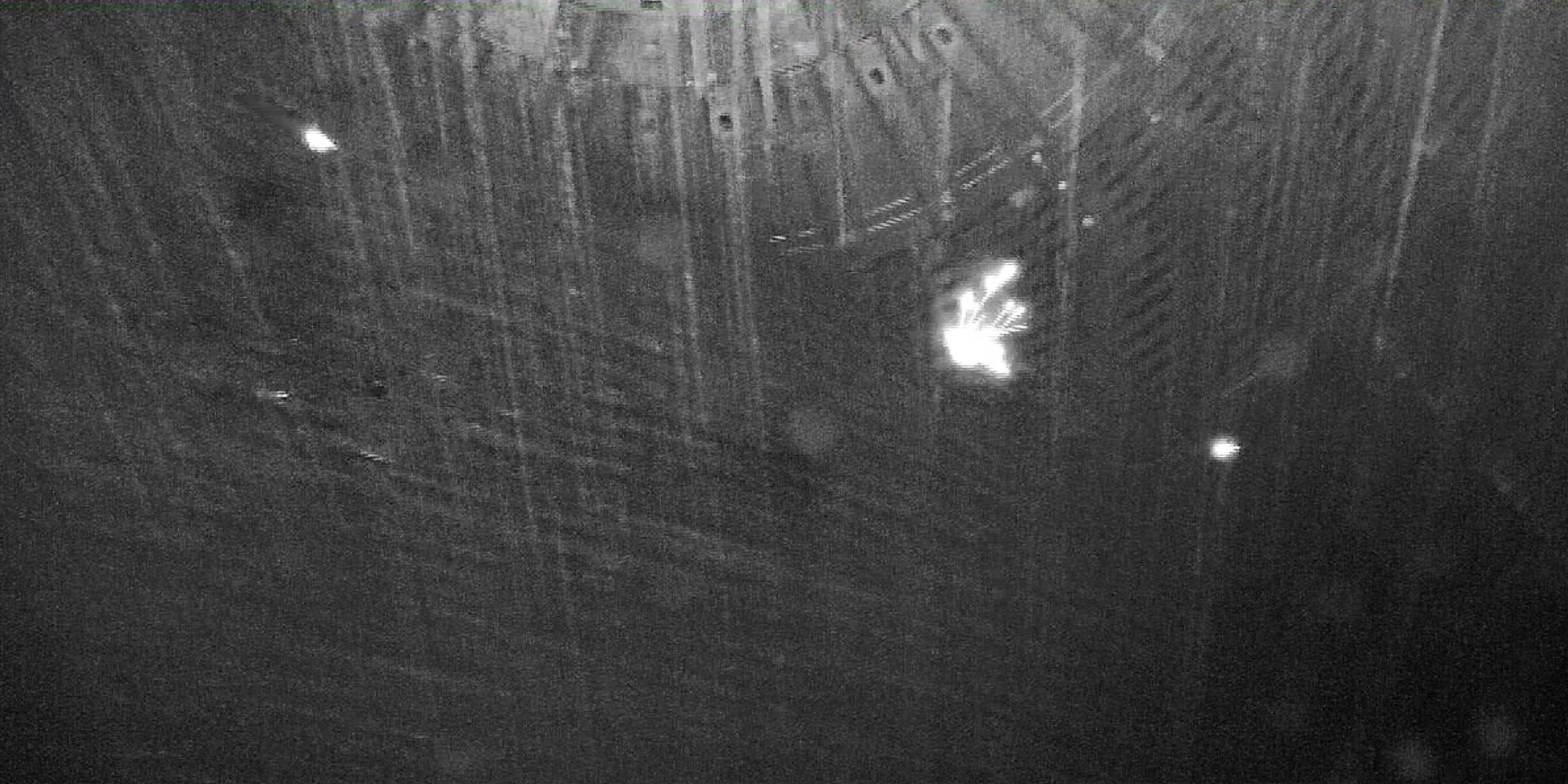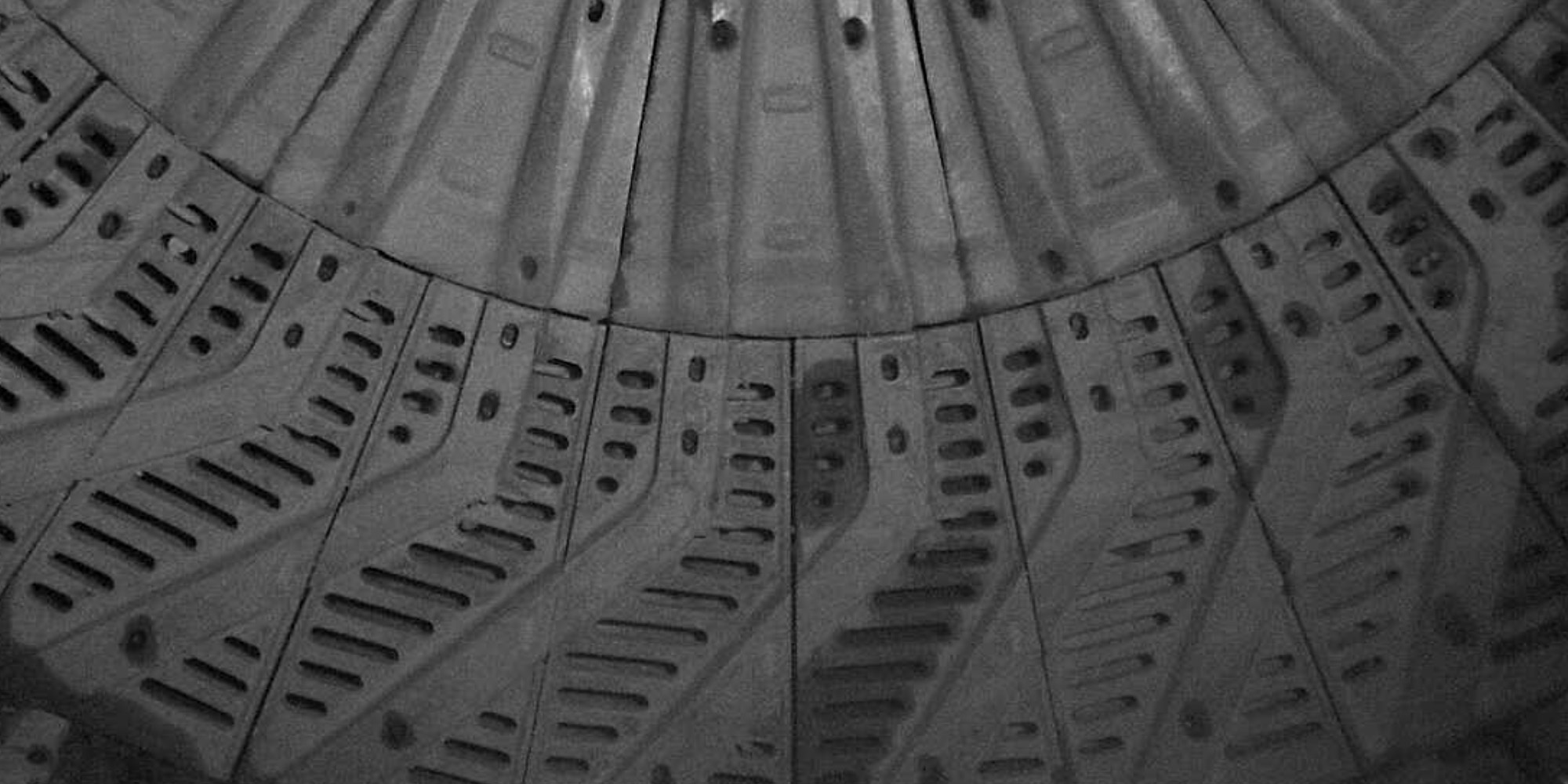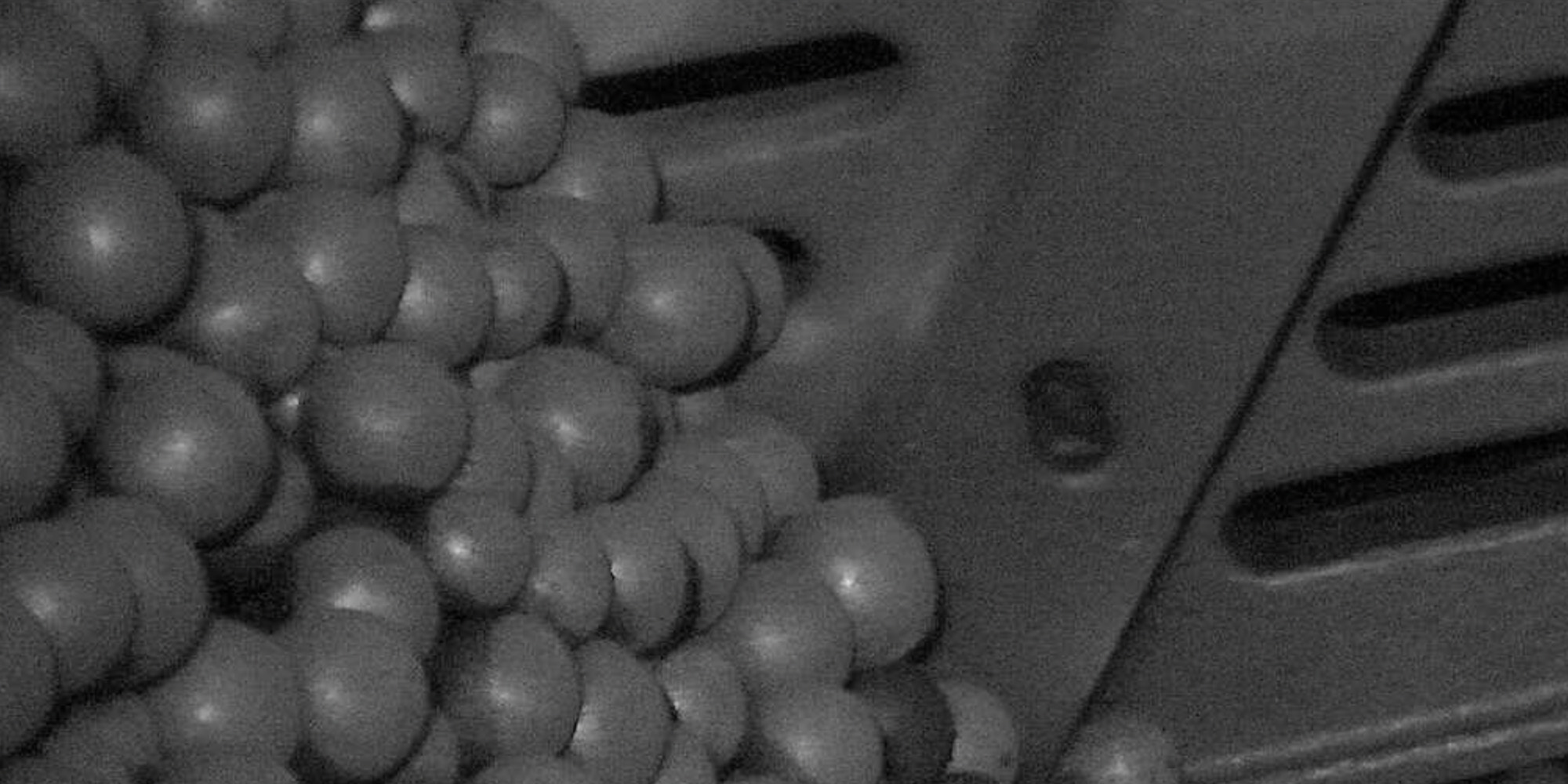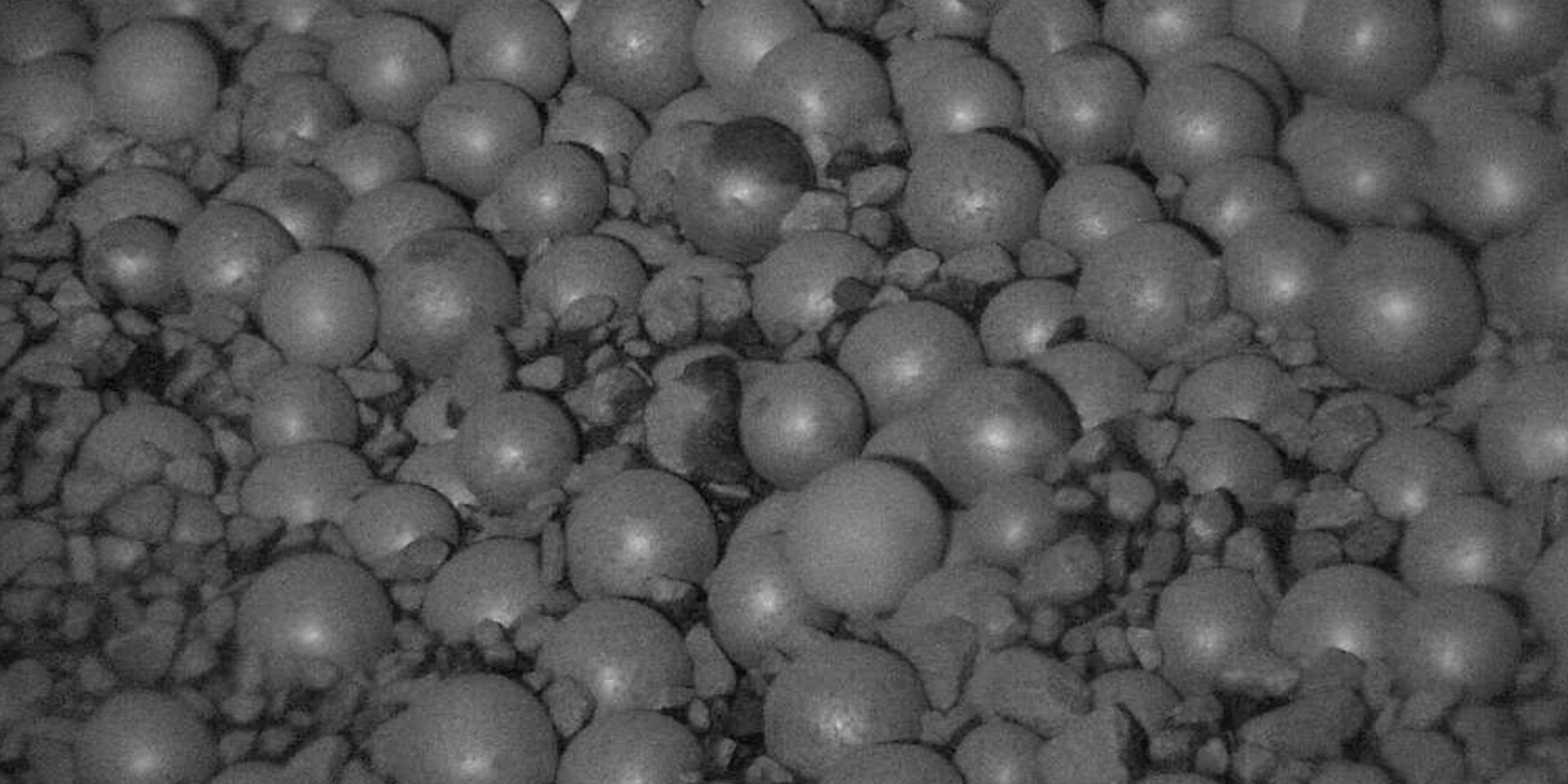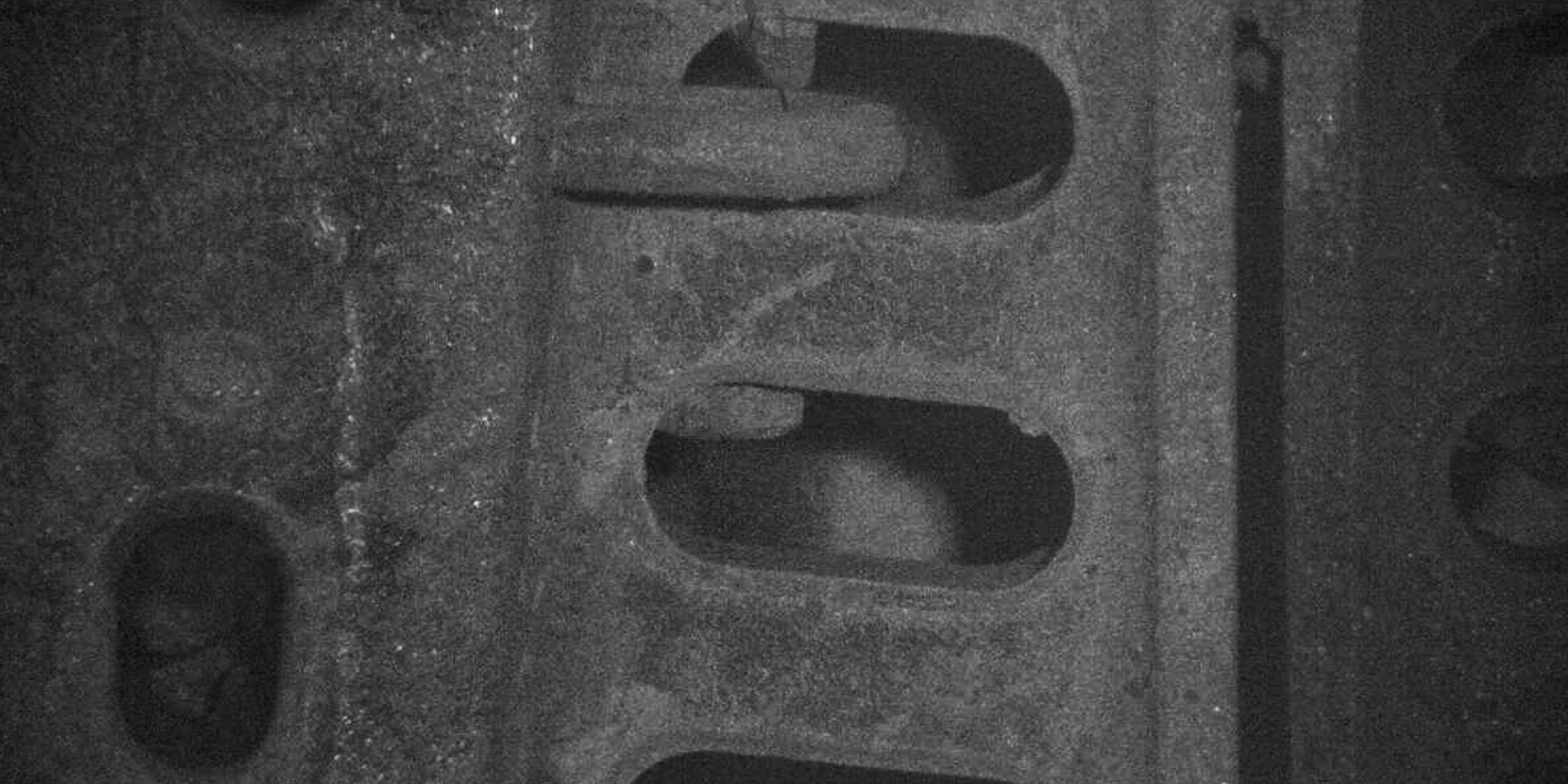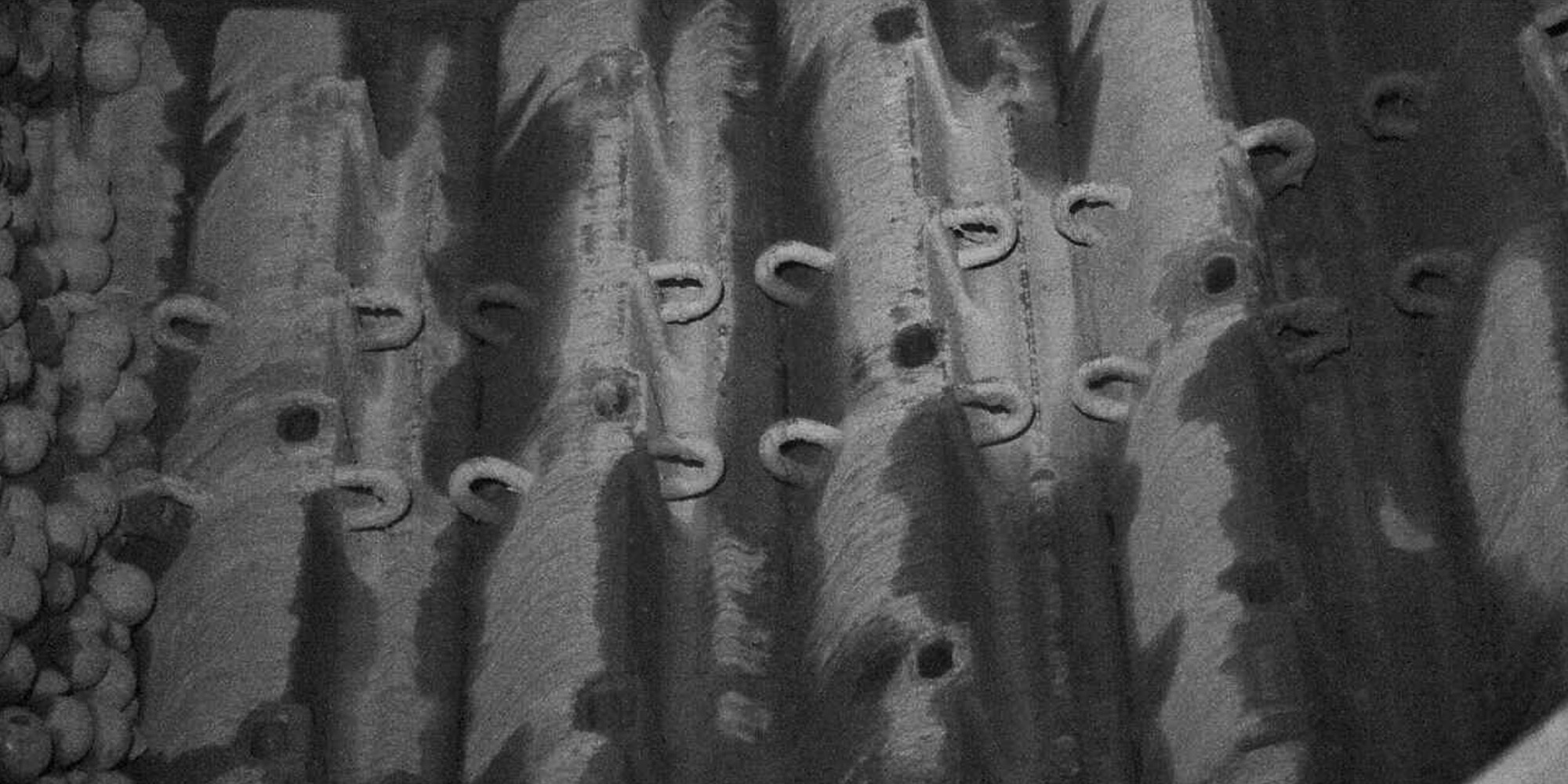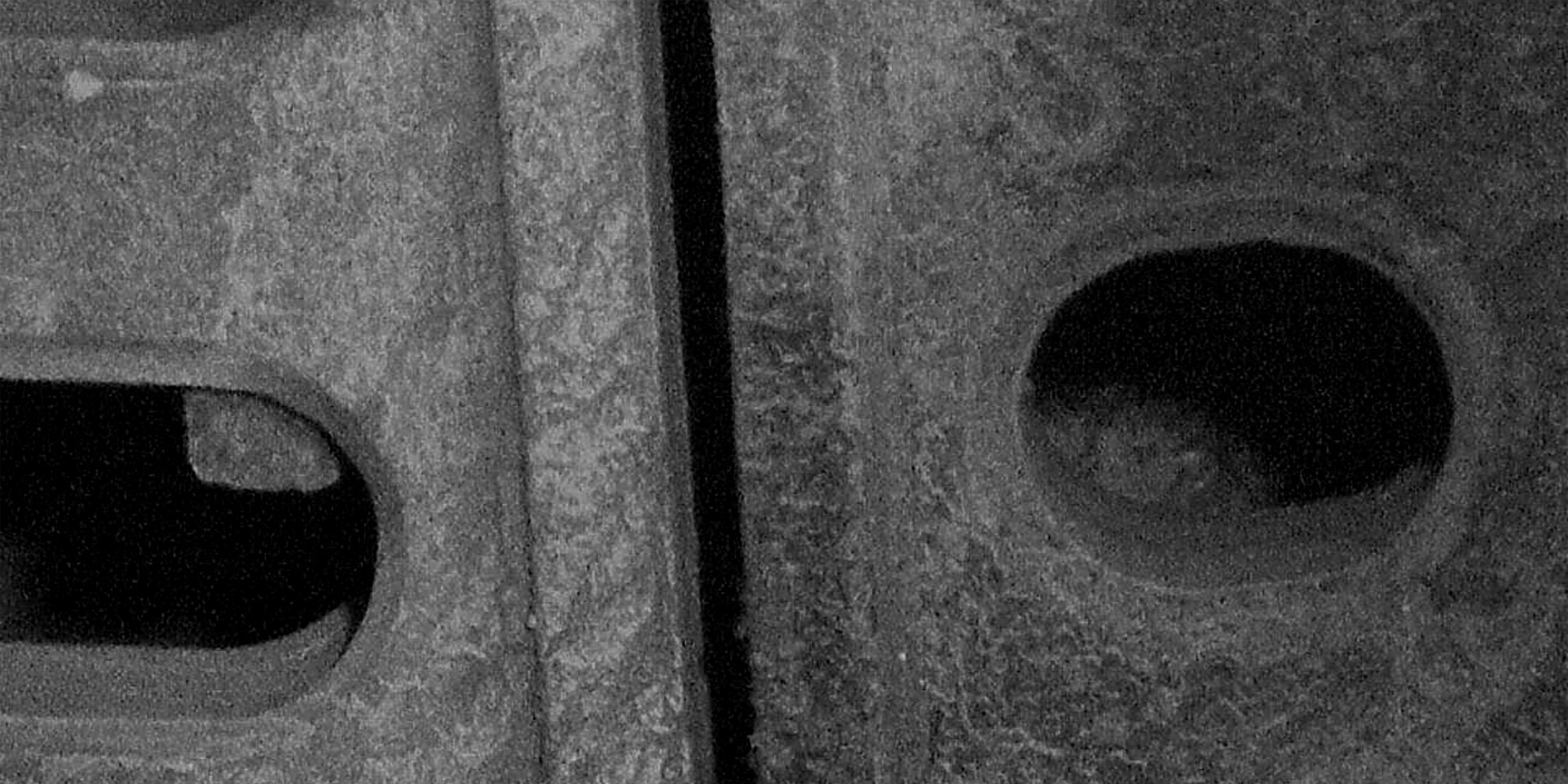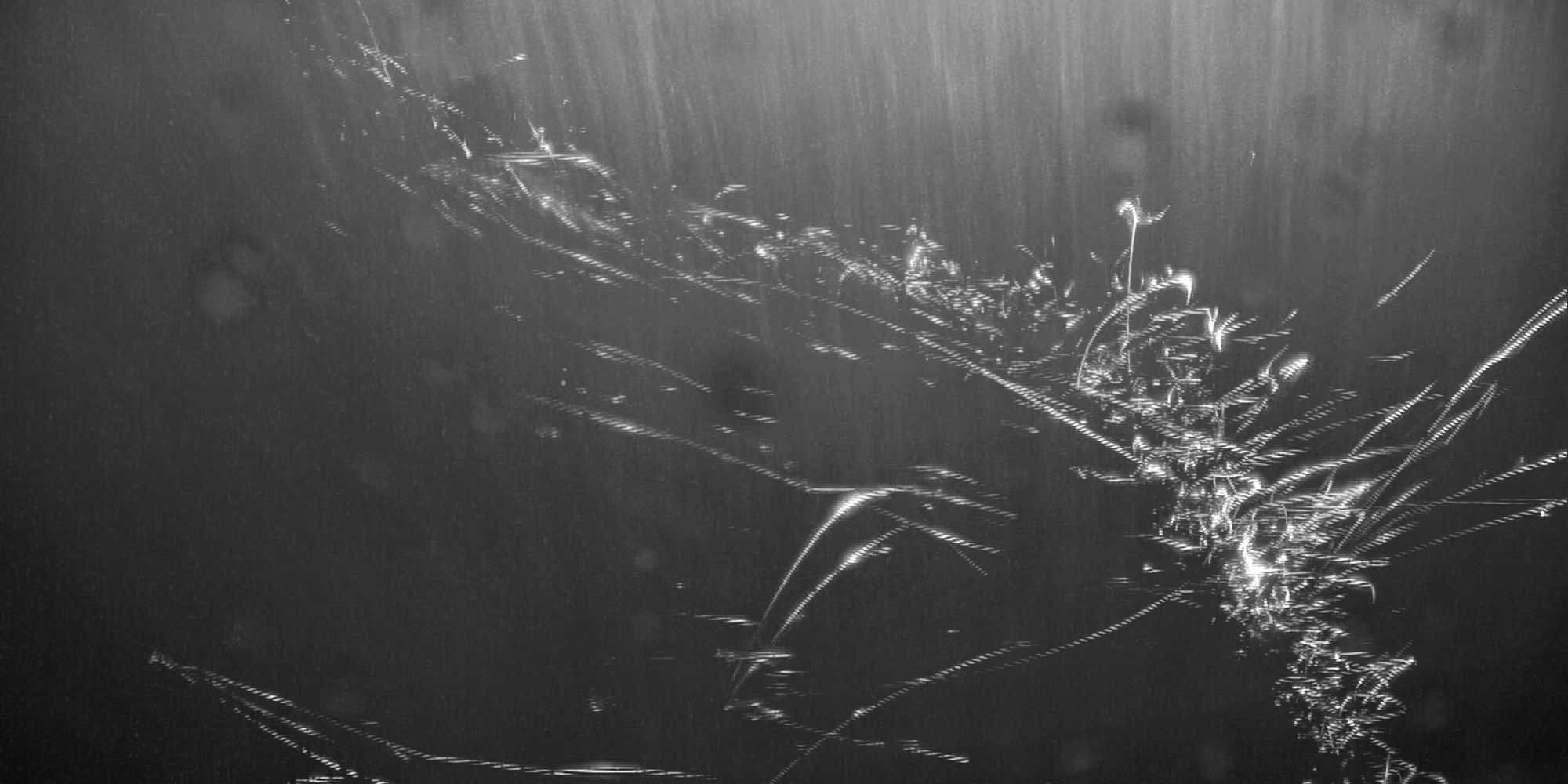SAG/AG SCU
SAG/AG Sentinel Camera Unit (SCU)
Concept of System
The SCU uses the latest technology in high-definition imagery within a custom designed housing, permanently affixed to the feed chute to provide a live audio and temperature feed in a running SAG mill and video feed from inside a stationary SAG mill. This enables remote monitoring of the condition of the shell and discharge liners and mill charge.
Benefits of SCU in a SAG Mill
MILL AVAILABILITY
Mill availability remains one of the most significant markers of efficient mill operation, and a key performance indicator for many concentrator managers. The SCU provides the ability to significantly reduce the mill downtime required to perform mill or ball charge inspections. Rather than losing several hours of mill availability for each mill inspection due to the extensive isolation and safety procedures required to perform it, the SCU can eliminate the requirement for people to enter the SAG mill during an inspection, reclaiming dozens of additional hours of mill availability and associated revenue each year, in addition to freeing up considerable man hours. By incorporating an exhaust fan on the discharge trommel, it is possible to see clearly into the mill and complete an inspection using the SCU and restart the mill in less than 20 minutes.
MILL MONITORING
The current SCU viewing area includes 80% of the charge, 50 – 66% of the shell liners, and up to 100% of the discharge liners. This provides value by enabling the inspection of:
· Discharge grates (evidence of cracks, aperture size)
· Shell liners (wear confirmation, evidence of cracks)
· Potential spotting of tramp metal
· Ball charge level, composition and size distribution
The SCU contains a temperature gauge to measure the in-mill temperature. Continuous temperature monitoring by the software enables the SCU to alert the user to irregular temperature variations that can result from events such as insufficient ore.
TROUBLESHOOTING THE MILL
Reoccurring problems experienced by mill operators typically include changes to key personnel, changing liner suppliers and/or designs or changing ore types throughout the mine life. A resolution to these repetitive issues can be found by utilizing the SCU historical data to optimize decision making.
Similarly, starting production in a new SAG mill, particularly when transitioning the mill from the initial testing period to full capacity, brings teething issues that have to be addressed. Preserving the condition of the liners is the primary challenge. Typically, regular (sometimes weekly) mill inspections are required to monitor the charge and liner condition. Utilizing the SCU during these early mill days can reduce the risk of liner and mill damage, significantly decrease mill downtime through quick mill inspections, and consequently speed up the process of bringing the mill up to capacity.
ELIMINATION OF SAFETY RISKS
Anytime a mill inspection is required, safety risks are introduced. The mixing of people and plant necessitates the use of extensive procedures and protocols to manage the risks associated with entering the mill. With an SCU in place, these safety risks are eliminated, guaranteeing an incident- free inspection.
CHARGE LEVEL
Maintaining an optimum charge in a SAG mill remains one of the fundamentals for efficient mill processing. If the charge level or the ball to charge ratio is incorrect, breaking liners and/or increasing power consumption is inevitable and can only result in degraded mill efficiency.
To minimize reline time, it is critical to set the charge height at an optimum level. Setting the charge level too high or too low can significantly affect the duration of the mill reline.
The SCU enables operators to confirm the charge level and composition within minutes of a mill stop, and without the need to pull the feed chute.
Patent Pending

